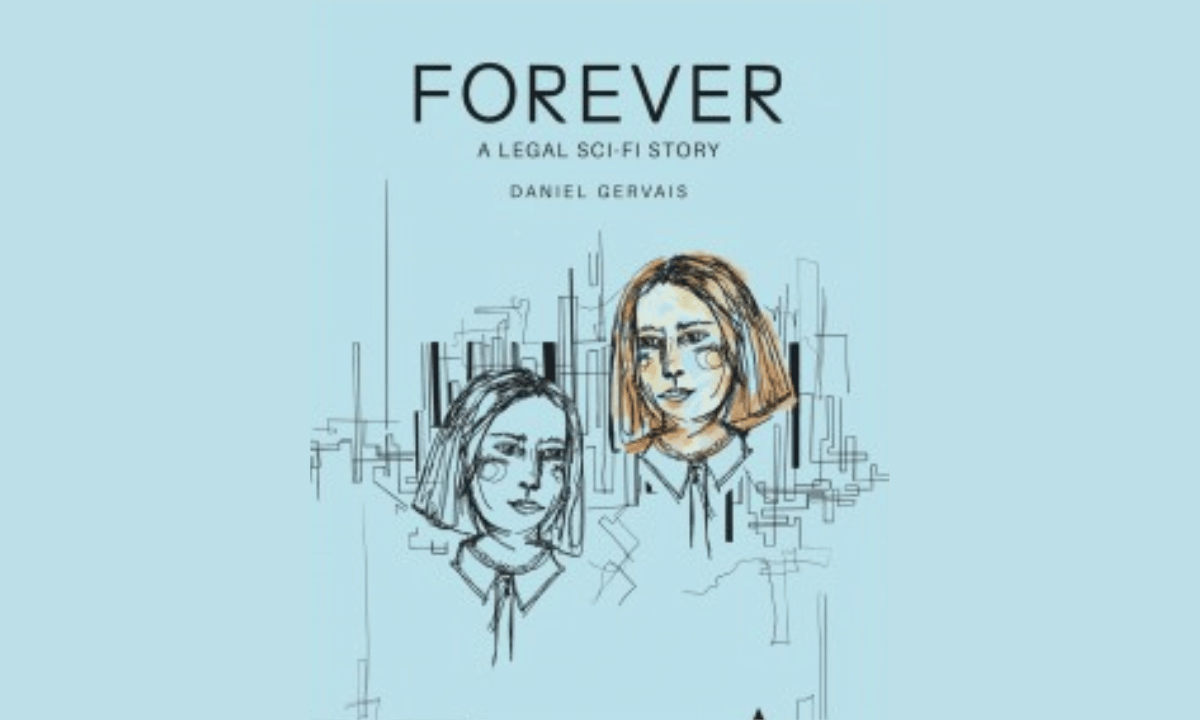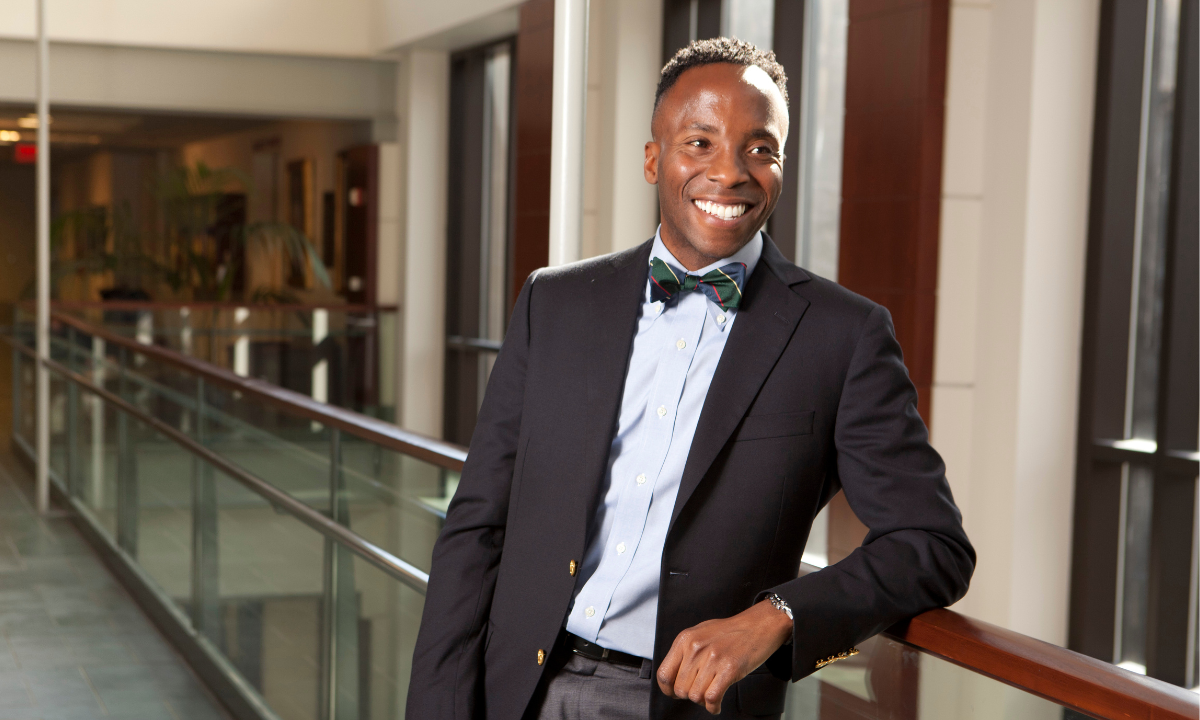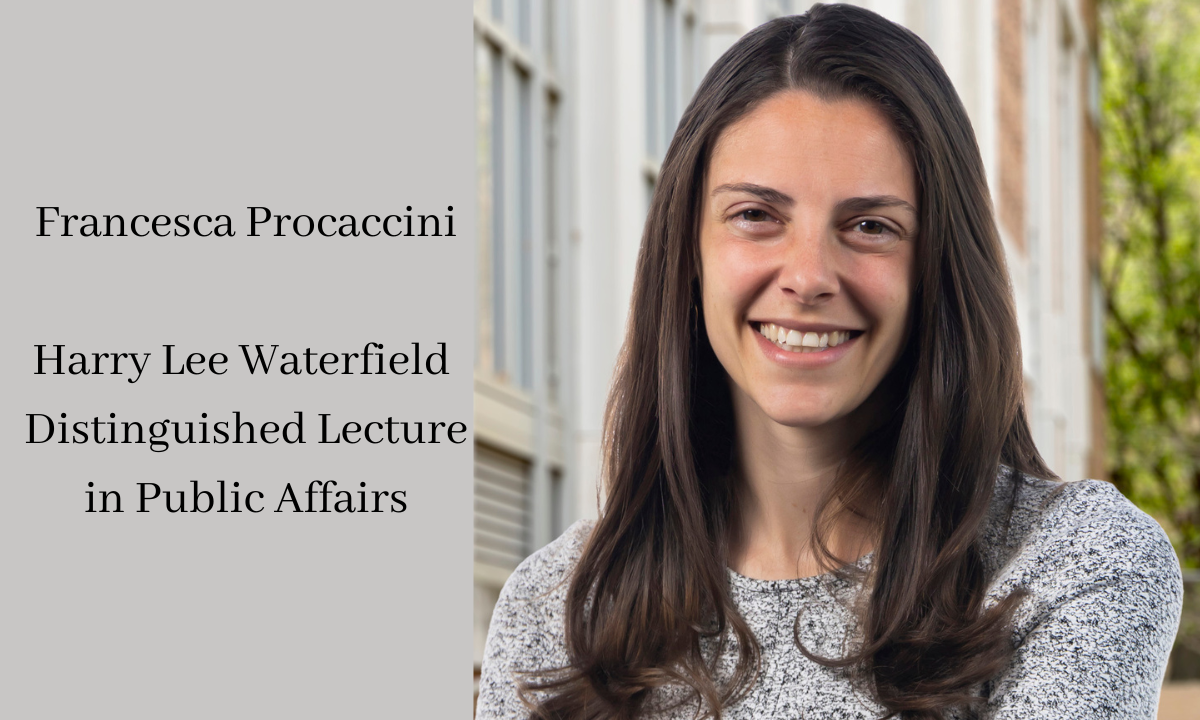In the world of intellectual property law, inventions do not merit a patent unless they are sufficiently different from what society already knows. “Prior Art”—the scope of society’s knowledge – sets the bar against which “patentability” is measured. It’s a well-established concept in patent law that has played a critical role since the nineteenth century.
Historically, the significance of prior art within IP law begins and ends with patents. But over the past several years, the concept has crept into copyright law, specifically in matters related to music. Authoring Prior Art, a recent study co-authored by Vanderbilt Law Professor Joseph Fishman and Professor Kristelia Garcia from the University of Colorado, traces the history of this deviation from long-standing norms in IP law, highlighting the role of expert witnesses.
Prior Art in Patent and Copyright Law
In order to be patentable, an invention must be both novel and unconventional in some form or fashion – different from prior inventions in a way that extends beyond the obvious. Measuring an invention’s level of “unconventionality” has always required an assessment of known information to gauge just how obvious or non-obvious that invention truly is. That universe of known information is known as the prior art. Long used by judges, the term was codified in the 1952 Patent Act and its revision in 2011.
This search for prior art contrasts sharply with copyright law, which addresses works of authorship (i.e., poetry, novels, movies, songs and computer software). Courts in copyright cases have consistently found that works created independently of one another can receive their own copyrights regardless of their similarities, provided that the similarity was coincidental. Challenges based on prior art over the last century have largely failed…but that’s recently begun to change.
Prior Art’s New Foothold in Music Copyright
Fishman’s study finds several modern-day music copyright infringement cases – some involving major artists like Katy Perry and The Weeknd – where decisions hinged on reviews of prior art to evaluate whether alleged similarities are legally significant. “Over the last two years, some judges have embraced this position so firmly that they are all but ignoring plaintiffs’ experts in music infringement cases if those experts haven’t performed a prior art search,” the co-authors note.
The authors suggest a few possible explanations for this trend. Judges may be less confident weighing similarity in music compositions than in narrative areas like literature and film. There may also be concerns about managing the scope of copyright in a medium with a limited number of notes and chords.
They also point to a growing reliance on the testimony of expert witnesses in matters of music. The California-based U.S. Court of Appeals for the Ninth Circuit, whose outsized influence on copyright matters has earned it the nickname of The Hollywood Circuit, fifty years ago spoke of expert testimony as potentially “appropriate” for proving infringing similarity. In 2004, however, the same court declared that in music cases such testimony was “required.”
The Impact of Expert Witnesses on Music Copyright Cases
Experts appearing in music copyright cases are known as “forensic musicologists.” They tend to have an educational background in music as opposed to law, but their work with lawyers affords them a working knowledge of copyright law. It’s an exclusive group, with only a few dozen identifying as such and fewer than 10 regularly appearing in litigation.
As part of the study, Fishman and his coauthor conducted interviews with several experts and analyzed dozens of written reports that were submitted in music infringement cases. The findings are revelatory.
Experts all employ prior art to evaluate the odds of whether a work was copied (rather than created independently), but more significantly, they also use it to assess how substantial any resulting similarities are. “Researching the prior art isn’t just about a lack of copying, they said, but also to ensure that legal exclusivity isn’t being handed out for something insufficiently innovative,” the co-authors write.
Overall, the study demonstrates that expert witnesses view prior art research as “a central part of their job,” which runs counter to traditional expectations for experts in copyright cases. This was not a conclusion that the experts reached as a group; experts reported minimal interactions with one another beyond courtroom interactions.
Takeaways for Modern Copyright Law
The study demonstrates, in the authors’ words, that “more often than it’s typically given credit for, prior art can win or lose some copyright infringement cases,” even if those cases are virtually all focused on music. Defense attorneys “are leaving something on the table” if they don’t leverage prior art to mitigate the perceived substantiality of similarities, and plaintiffs are taking an “underappreciated risk” if they chose to attack the premise of prior art.
More broadly, the authors believe their study demonstrates how specialists can help judges refine how creative fields are regulated. “Forensic musicologists’ perspective seems to be affecting not just the courts’ view of the facts in discrete cases, but more fundamentally the legal standard that is to be applied across cases…when they agree on basic principles, as they increasingly have begun to in the context of prior art, courts ought to pay attention.
“Our system for adjudicating copyright infringement would be better off if we gave courts more room – across all subject matter – to find out where such areas of agreement exist.”
Authoring Prior Art, by Joseph Fishman and Kristelia Garcia, was published in Vanderbilt Law Review.


